What's the difference between asymmetry and variable player powers?
Exploring games with variable player powers and asymmetric victory conditions, including Dracula vs Van Helsing.
Spencer at Gila RPGs recently posted an interesting video about Asymmetry in TTRPGs, mostly focused on how his new Dragon Slayers game uses it for character class design.1 To introduce the concept of asymmetry, he uses the factions in Root (Wehrle, 2018). I think Massive Darkness 2: Hellscape (Olteanu & Portugal, 2022) would also be another good example.
This week, let’s take a closer look at asymmetric mechanisms.
Asymmetric vs. variable player powers
There can be some confusion regarding the terms asymmetric and variable when it comes to player powers.2 This is because the definitions overlap, people use them interchangeably, and the meaning of the words has changed over time.
BGG uses variable player powers (VPP) as an umbrella term that also includes the usual definitions of asymmetric games:
Variable Player Powers is a mechanic that grants different abilities and/or paths to victory to the players.
Examples include both Cosmic Encounter (Eberle, Kittredge, et al., 2008) where players mostly have the same rules and objective but each with a special ability and Here I Stand (Beach, 2006) where each faction has it’s own way to score victory points.3
In the BGG model, everything is lumped into VPP and the distinction of a game being asymmetric or not is a matter of degree and not of kind. It’s just a question of how variable (i.e. different) the powers are.
Others (myself included) offer that it is a difference in kind:
Variable player powers
Each player may have their own unique abilities or advantages, but ultimately everyone is playing the same game with basically the same rules.
All players have the same victory conditions and the differences are less game changing (e.g. starting resources, enhanced actions, etc.)
Asymmetric games
Players have fundamentally different mechanisms, victory conditions, and unique game experiences.
Differences include victory conditions, core mechanisms, and the kinds of fun the faction appeals to.
Terraforming Mars (Fryxelius, 2016) is a game with variable player powers based on starting corporations as opposed to the asymmetric Android: Netrunner (Garfield & Litzsinger, 2012) where the runner and corp players have extremely different rules. I would consider A Gest of Robin Hood (Serval, 2024) to be asymmetric as well.4
Massive Darkness 2: Hellscape leans into asymmetry in a way that could be applied to many TTRPGs. In the game, each character class has it’s own set of mechanisms that it uses to play the game even though everyone shares the same goal (i.e. cooperative victory condition). The rogue is playing a bag-building game. The ranger has a card-based push your luck system. The wizard has a rondel for spells.
Let’s take a look at a possibly asymmetric game that I’ve been thinking about lately…
Dracula vs Van Helsing
In Dracula vs Van Helsing (Rambourg & Rivière, 2023) two players take on the roles of the characters in the title:
Many years after the confrontation with Van Helsing, Dracula landed in Whitby, England once again. The citizens of Whitby sought help from the vampire hunter, Professor Van Helsing. Will Van Helsing defeat Dracula before he transforms all the inhabitants into vampires?
Over the course of five rounds, the two players use a shared deck of cards and largely the same rules. It’s a hidden information game, with each side having five cards lined up with districts on the map. The goal is to have the highest value (or trump card) in each lane at the end of the round. Winning a line advances the player’s path to victory.
Each turn, the active player draws a card and then has a choice:
Discard the drawn card to activate it’s effect.
Swap it with one of your own five cards, discarding the chosen one to activate that card’s effect.
It’s a simple mechanism using cards and a variable trump suit.
Get game design inspiration delivered to you every three months!
Variable or asymmetric?
The players have different victory conditions:
Dracula wants to convert the citizens of the town into vampires. If Dracula turns all four citizens in a district into vampires, he wins.
Van Helsing wants to kill Dracula by reducing his health from 12 HP to zero. If Dracula ever loses all his final HP, Val Helsing wins.
Dracula is effectively playing an area majority game while Van Helsing is playing an abstract fighting game. With such different victory conditions, I could imagine each side appealing to different types of players. Sounds like an asymmetric game.
But the gameplay rules for each side are largely the same. They use the same cards, draw/discard in the same way, and the card effects (e.g. reveal an opponents card) are the same for both Dracula and Van Helsing. They are hardly playing different games and better fits the idea of a game with variable player powers.
So which is it?
All models are wrong
I feel the need to invoke George Box’s “All models are wrong, but some are useful.” when discussing topics like this.5 There are, of course, many exceptions to the definitions of variable player powers and asymmetric games given above. If we can’t even define a mech, how could we make strict definitions for this? Devising perfect definitions isn’t the point.
Instead, I think it’s helpful to think about variable player power (VPP) mechanisms regardless if there is a clear line between VPP and asymmetry or not. As a designer, its helpful to be able to consider adding variable powers to a game or pushing that so far that each player has their own rules:
All characters use the same dice and high rolls are better than low rolls, but how many dice they get and how they use the dice depends on the character’s class.
Each character is playing their own mini-game during combat, depending on their selected character class.
Everyone is playing basically the same game with the same rules, but each faction’s victory conditions are wildly different.
The rules are the same for everyone, but each player has a variable player power that somehow breaks or modifies those rules.
All of these example fit somewhere into VPP and asymmetric games and might provide some game design inspiration.
Conclusion
Some things to think about:
Variable player powers (VPP) can help replays: Adding some VPP to your game can keep it interesting and add to replayability. Given enough difference, players may want to try it again with a different starting power (e.g. character class) just to see how much it changes the game.
Push asymmetry to the limit: Games like Root and Android: Netrunner introduced many players to the idea of highly asymmetric games — games where each side has its own rules and victory conditions. It’s become a common and popular design pattern in tabletop games. It could be a fun design exercise to see if you can push these limits in your game.
It could make it harder to teach: Root is notoriously hard to teach to a table of new players because you are effectively teaching separate games to each person. Individual player board, player aids, and references become very important. Just be aware of this when adding asymmetry to your games, and consider it when designing your rulebook.
What do you think? What are your favorite examples of variable player powers and asymmetry in board games and TTRPGs? What would you call Dracula vs Van Helsing?
— E.P. 💀
P.S. “A beautiful, straight-forward, and inspiring book.” Get ADVENTURE! Make Your Own TTRPG Adventure, the latest guide from Skeleton Code Machine, now at the Exeunt Press Shop! 🧙
Skeleton Code Machine is a production of Exeunt Press. All previous posts are in the Archive on the web. Subscribe to TUMULUS to get more design inspiration. If you want to see what else is happening at Exeunt Press, check out the Exeunt Omnes newsletter.
It’s not hard to find debates about using variable vs. asymmetric terms on the BGG forums.
My copy of Here I Stand: 500th Anniversary Edition (2017) is sitting on my shelf of shame. I hope to get it played at some point.
If you enjoy counter-insurgency (COIN) and irregular conflict games, A Gest of Robin Hood is one to check out. It captures the feel of COIN games, but only requires two players and plays rather quickly. It’s on BGA too if you want to try it online. I’ll probably end up writing about the game in detail in a future SCM article.
The aphorism is attributed to George Box although he probably wasn’t he one who came up with the general concept.

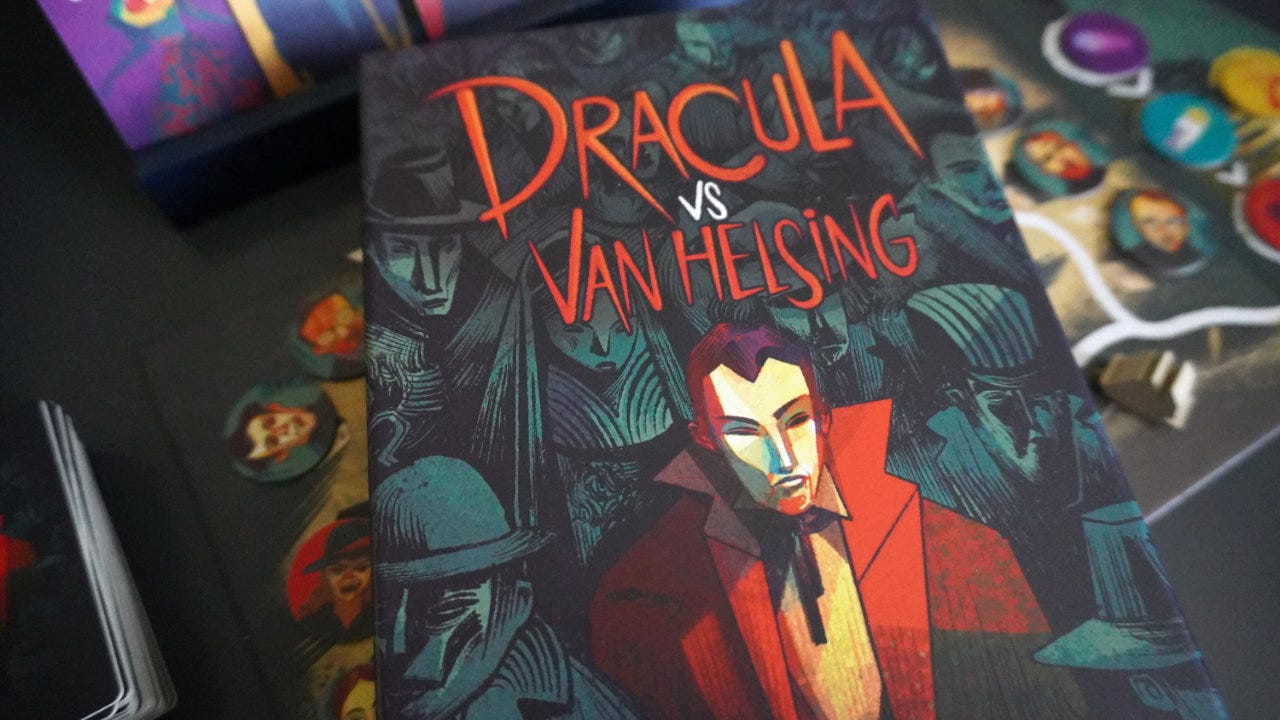
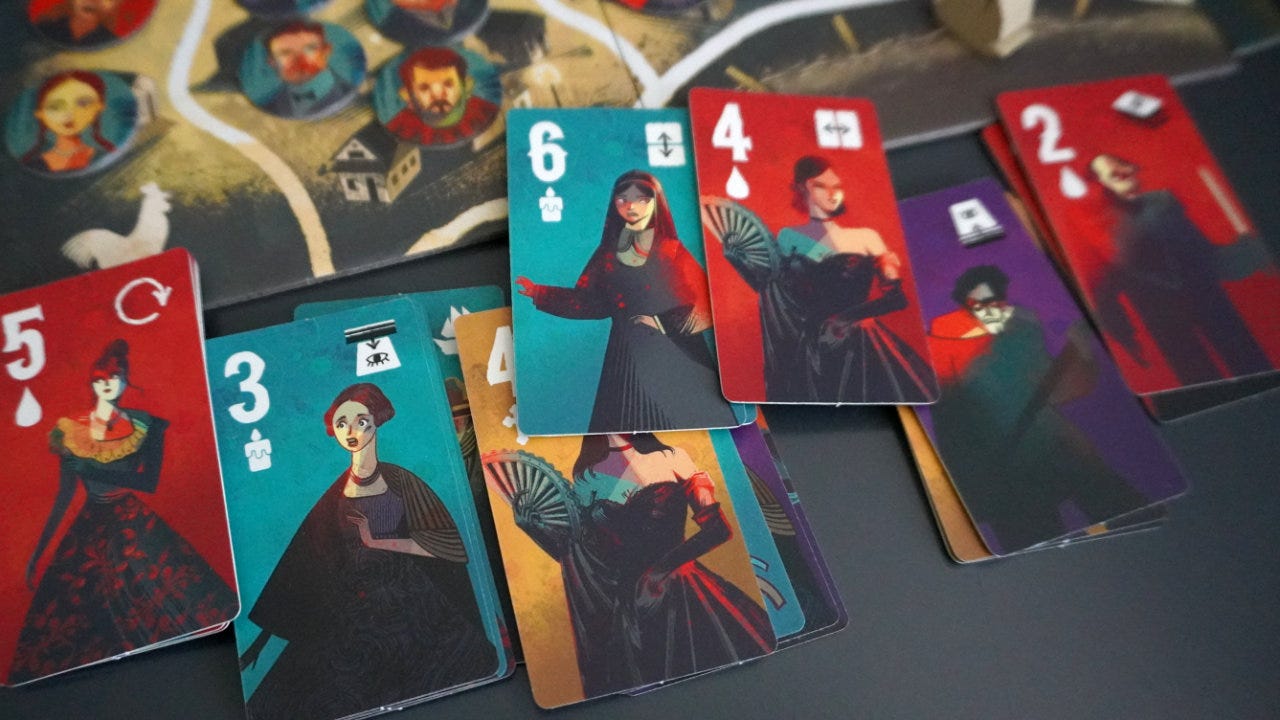
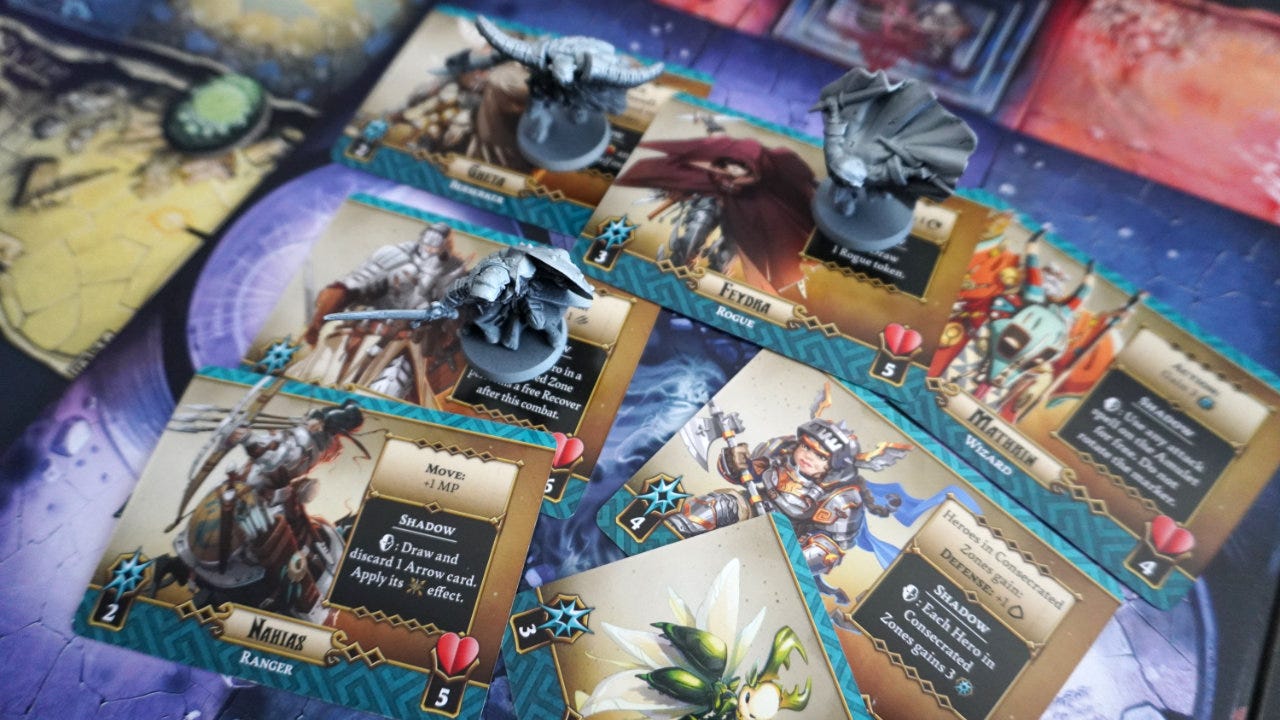
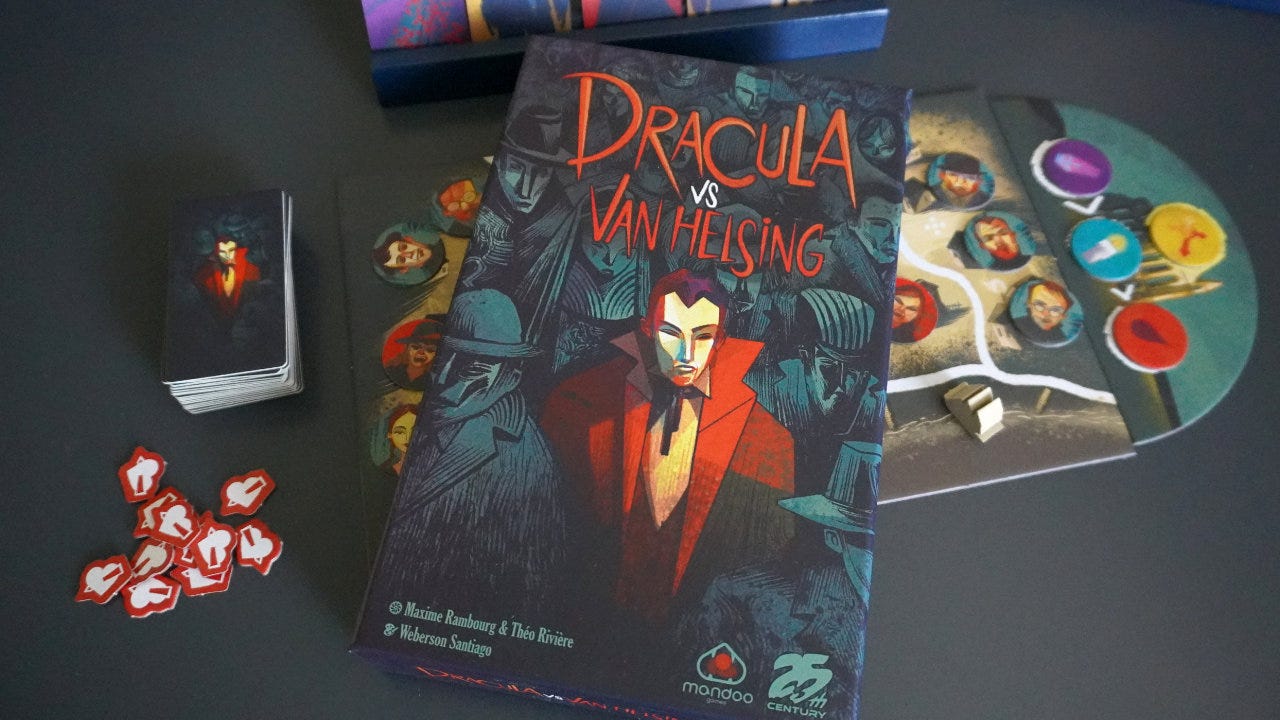
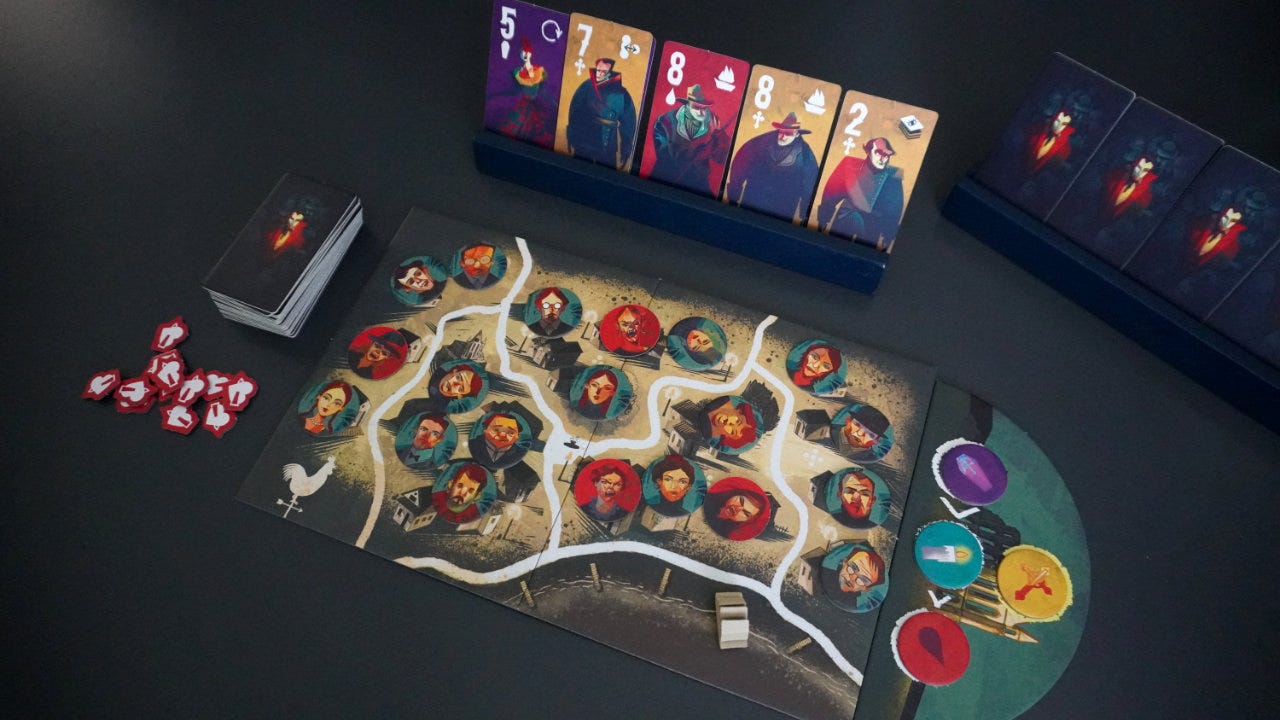
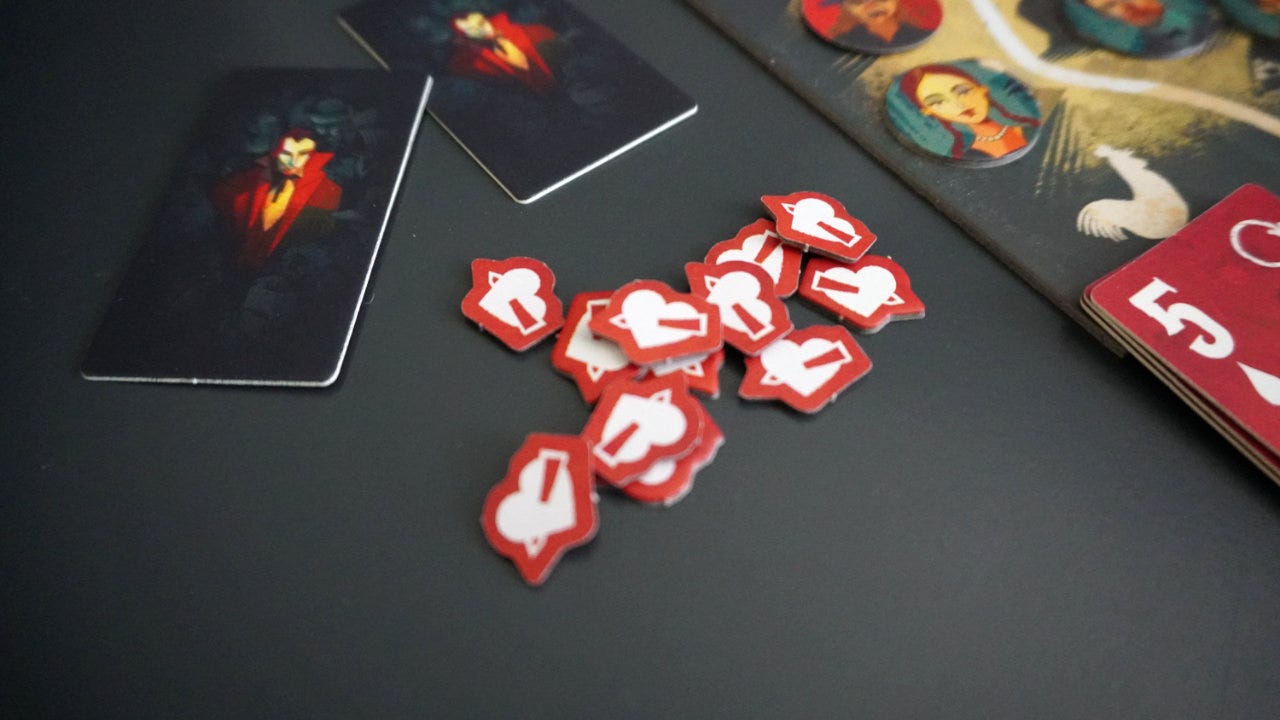
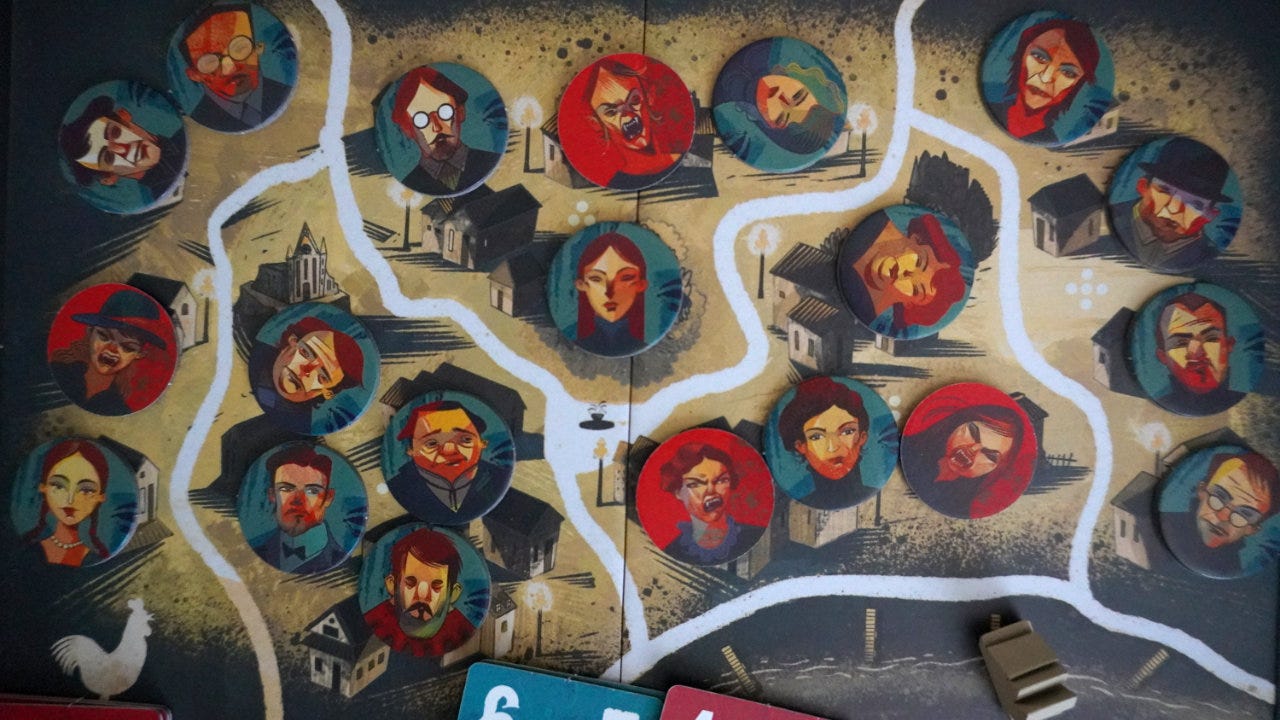
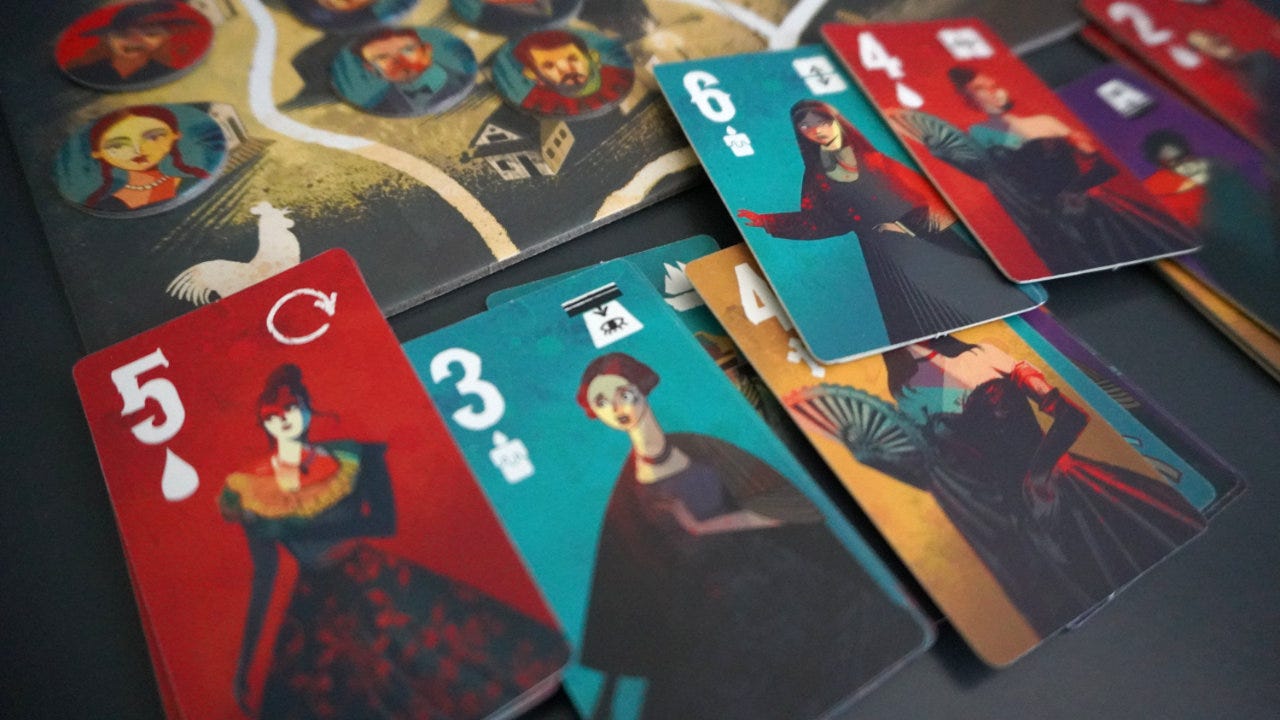
I agree with you that the two terms feel qualitatively different. I see LOTS of variable games (both in competitive spaces like Small World, and collaborative spaces like Pandemic) but fewer games which are asymmetric (although the bioterrorist option in Pandemic could count as that?)
For me it is the different victory conditions which particularly swing it.
This game isn’t really asymetric at all. They use the same core game rules and most importantly, have the exact same method for victory. While it appears that Van Helsing is playing a player elimination game and Dracula is playing area control. In fact they are both playing a player elimination game. VanHelsing reduces Dracula’s health to zero. Dracula reduces a district population to zero. The only difference is how the ‘life totals’ are tracked. (Since this is a two-player game with ‘life totals’ and no healing, this can also be thought of a race game since players are competing againist fixed score targets.)
With that said, Dracula does have an alternate win condition, survival. If they make it to the end of three rounds, then they win. (However, survival can be lumped in as a variation of player elimination commonly used in co-op games as a win condition for the team.)
On that note, Root is really just a highly variable player power game. The core game rule for winning is reaching 30 pts before anyone else, making it a race game.
In my mind, it’s better to think of asymmetry as a multi-axis spectrum with gameplay rules, starting setup, win condition, and game type (survival, race, high score).
For reference, I am using this article as the basis for game type:
https://www.gamesprecipice.com/objectives/